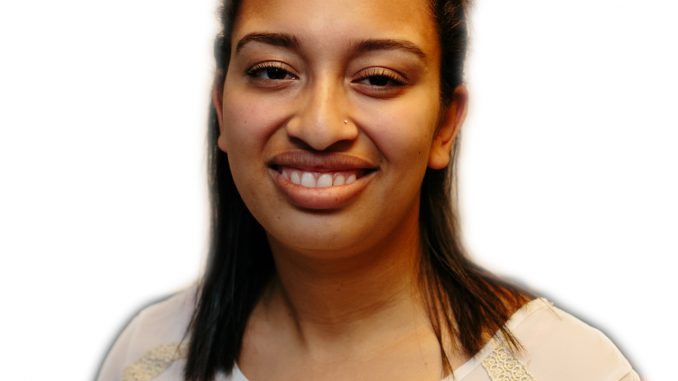
 In late August, administrators from the University of Chicago penned a letter to the university’s incoming class, condemning the usage of safe spaces and trigger warnings within the institution.
In late August, administrators from the University of Chicago penned a letter to the university’s incoming class, condemning the usage of safe spaces and trigger warnings within the institution.
The letter reads, “We do not condone the creation of intellectual ‘safe spaces’ where individuals can retreat from ideas and perspectives at odds with their own.”
Many criticize our generation for similar reasons, like being ‘too politically correct,’ but I don’t think being considerate of other people’s life experiences prior to entering a classroom is such an extreme practice.
Creating a safe space in the classroom is dependent on individual professors though, which makes gauging where Temple stands in this practice difficult.
Tiffany Rowland, vice president of the Feminist Majority Leadership Alliance, thinks Temple could use some improvement.
“In our meetings we talk about our experiences in college,” said Rowland, a senior media studies and production major. “And we know for a fact there are a lot of professors who are directly not sensitive to traumatic subjects.”
Triggers are anything that may set off a memory for someone and transport them back to a time of trauma.
FMLA asks members at the beginning of the year to list subjects that may be triggering for them so others are aware of these triggers and use warnings before discussion.
“It’s not like trigger warnings are new,” Rowland said. “They tell you on ‘Game of Thrones’ if a [sexual assault] is going to happen.”

If popular TV shows are making use of trigger warnings, what’s the harm in professors doing the same?
A warning does not mean the content of the lecture or class discussion will change. When students request the use of trigger warnings, often it’s not because they want to shy away from the conversation or shut down a topic altogether. It’s because they want to be forewarned. Then they can prepare themselves to participate openly in discussions and share their experiences, which could have been traumatic.
Psychology professor Lalain Williams uses trigger warnings in her syllabus and said professors need to be “cognizant in the classroom.”
“If I know I’m showing pictures of women who are pro-anorexia because we’re talking about eating disorders, there are going to be students, both female and male, in the class that are recovering,” Williams said.
Williams said it benefits her students to warn them about the potentially harmful topics being discussed, and has even been able to learn from students who were adequately prepared to share their experiences within the classroom.
“I had a student who was brave enough to tell us about her walk with eating disorders,” Williams said. “And she even talked about how the pro-anorexia images were triggering. … I know I’m doing a disservice if I don’t say, ‘This might be problematic.’”
Clearly, trigger warnings and safe spaces can contribute to the type of academic inquiry and free expression in the classroom that the University of Chicago claimed the warnings limit.
Trigger warnings and safe spaces don’t hinder discussion or academic freedom, but instead open up new viewpoints to highly sensitive topics. The use of a trigger warning simply gives those suffering notice of the topic at hand. And in giving students this warning, they’re also given the option to prepare and speak up to educate others.
There’s nothing wrong with students wanting to go somewhere they feel safe and welcomed, and with widespread use of safe spaces, campus will become a healthier place for students in need.
Jasmine Fahmy can be reached at jasmine.fahmy@temple.edu.



Be the first to comment